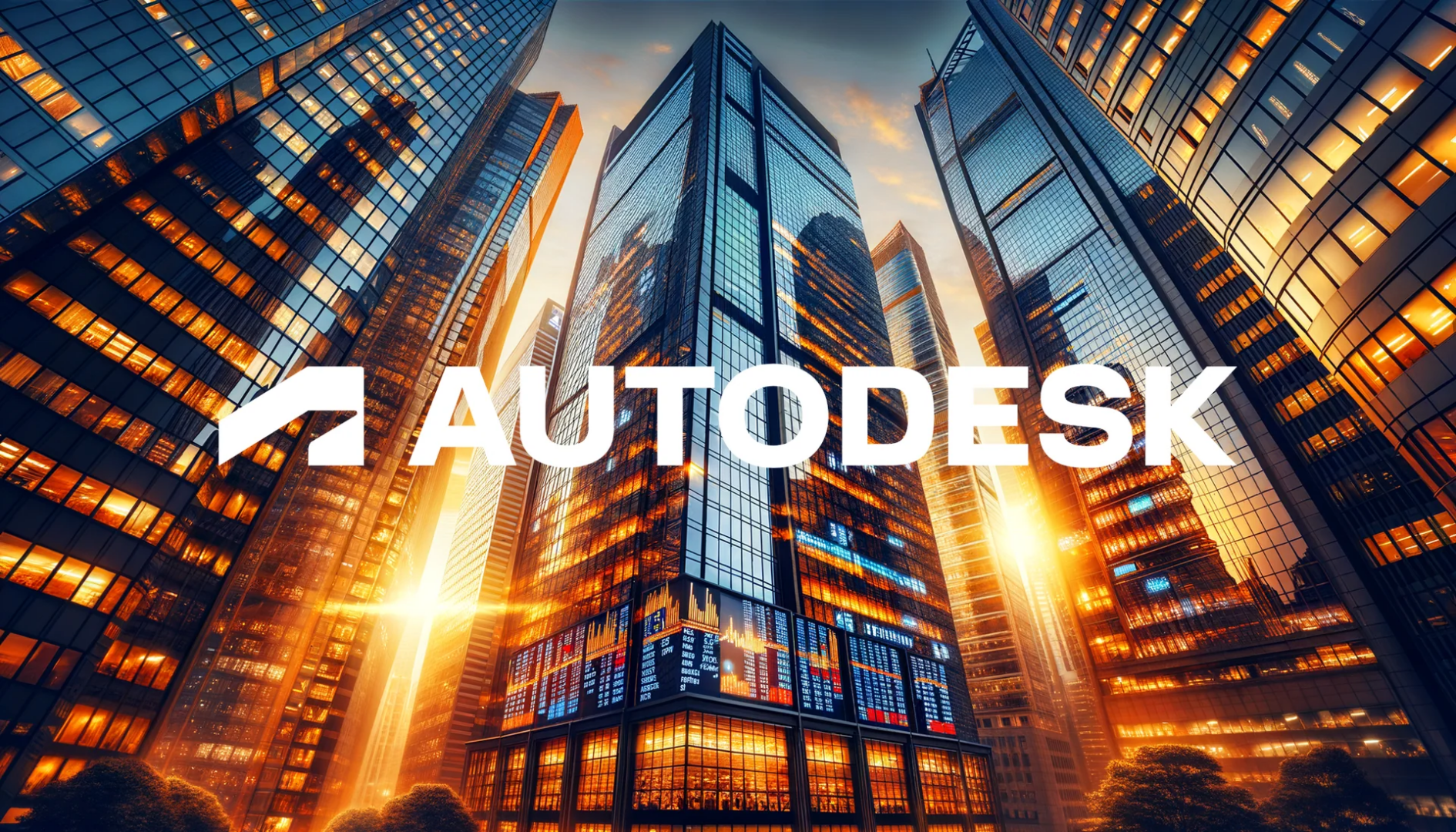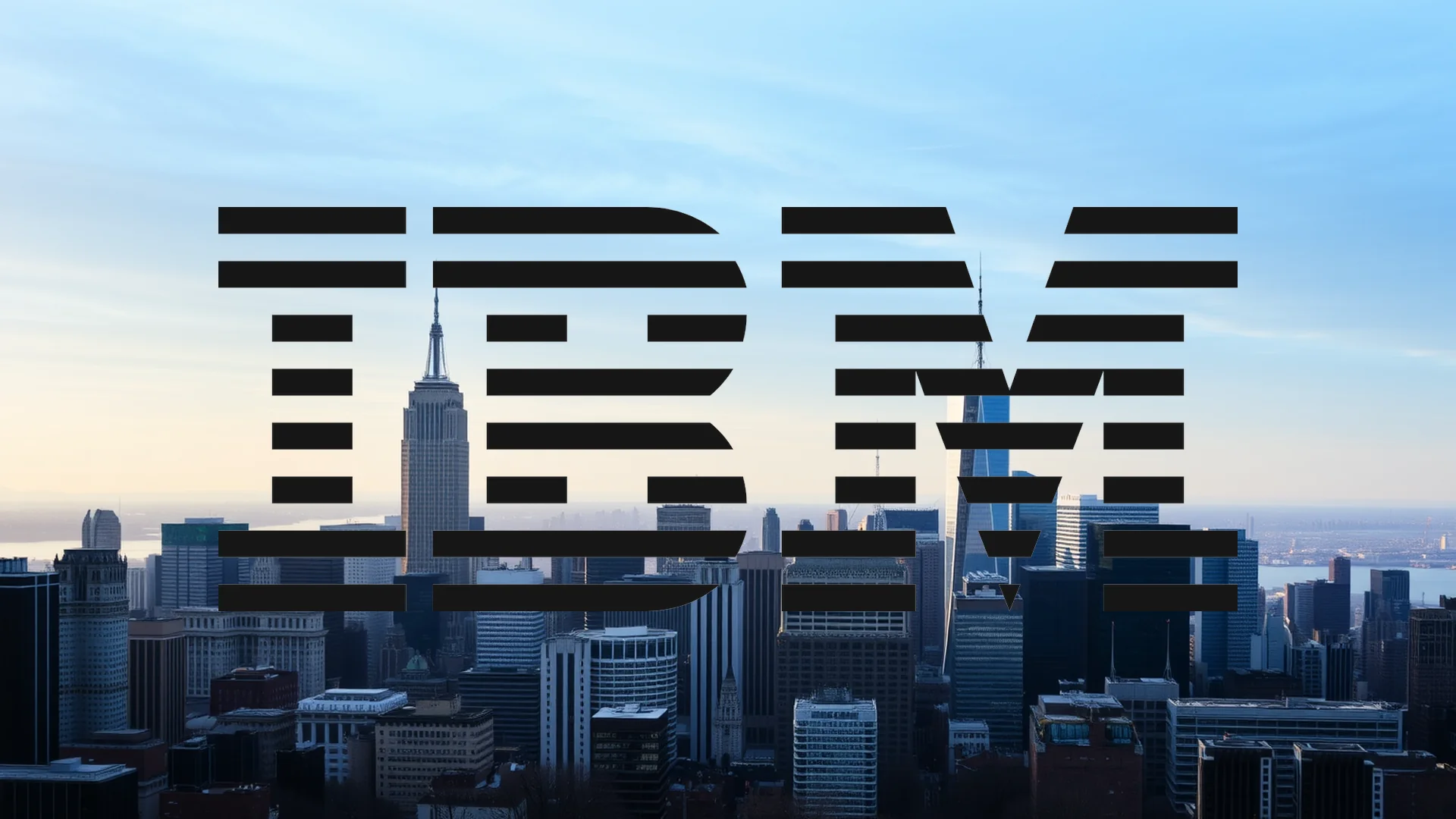Autodesk is making a decisive strategic pivot, placing artificial intelligence at the very core of its future. The design software leader unveiled a series of major strategic initiatives at its Autodesk University conference, signaling a profound transformation aimed at revolutionizing several industries. The critical question for investors is whether these AI-driven advancements and cloud integration efforts can catalyze a sustained recovery for the company’s underperforming shares.
Strategic Alliances and Cloud Transformation
A notable development in Autodesk’s new direction is its freshly announced partnership with power management specialist Eaton. The collaboration focuses on developing an AI-powered Digital Energy Twin designed to transform building lifecycle management. This innovative technology promises to streamline complex energy system simulations while optimizing electrical performance in commercial properties and data centers.
Beyond partnerships, Autodesk is fundamentally restructuring its cloud approach. The company is fully integrating its Construction Cloud platform into Autodesk Forma, creating a unified cloud environment for its entire architecture and construction product suite. Beginning next year, geometry-based AI assistants will be introduced for Revit, AutoCAD, and Civil 3D. These intelligent systems are engineered not merely to execute designs but to critically evaluate and iteratively improve them using geometric data and BIM logic, ultimately aiming to achieve hyper-collaboration through the fusion of BIM and AI-driven automation.
Manufacturing Sector Disruption Through AI
At the heart of Autodesk’s transformation lies a significant enhancement of AI capabilities within its flagship Fusion software. The new generative AI features represent what the company describes as a fundamental shift for the manufacturing sector. Users will gain the ability to generate detailed geometries through simple text inputs, receiving immediately editable CAD data in return. This advancement could compress design processes that traditionally required days or weeks into significantly shorter timeframes.
Should investors sell immediately? Or is it worth buying Autodesk?
Concurrently, Autodesk is launching the “Autodesk Assistant,” an AI helper deployed across multiple product lines. These substantial investments demonstrate a clear ambition: Autodesk intends to not just participate in but actively lead the AI revolution within the design and manufacturing industries.
Analyst Confidence Amid Market Challenges
Despite recent stock price weakness, market analysts have responded positively to these strategic developments. Several prominent firms have recently raised their price targets for Autodesk shares. UBS increased its target to $385, while both Macquarie and RBC Capital Markets set their targets at $380. Oppenheimer also raised its outlook to $375. These adjustments reflect analyst confidence in Autodesk’s robust revenue growth and billing performance.
The average price target currently stands at approximately $357, suggesting significant potential upside from current trading levels. The prevailing “Moderate Buy” recommendation indicates that market experts believe the company’s long-term strategy will ultimately deliver results.
The Path Forward: Awaiting Financial Validation
The true test for Autodesk’s new direction remains ahead. The company’s Investor Day on October 7th, followed by its quarterly earnings report in late November, will provide crucial evidence regarding whether these AI initiatives are already translating into financial performance. Until these concrete results materialize, investors may maintain a cautious stance, recognizing that despite impressive technological innovation, sustained stock recovery will require demonstrable financial improvement.
Ad
Autodesk Stock: Buy or Sell?! New Autodesk Analysis from December 18 delivers the answer:
The latest Autodesk figures speak for themselves: Urgent action needed for Autodesk investors. Is it worth buying or should you sell? Find out what to do now in the current free analysis from December 18.
Autodesk: Buy or sell? Read more here...









